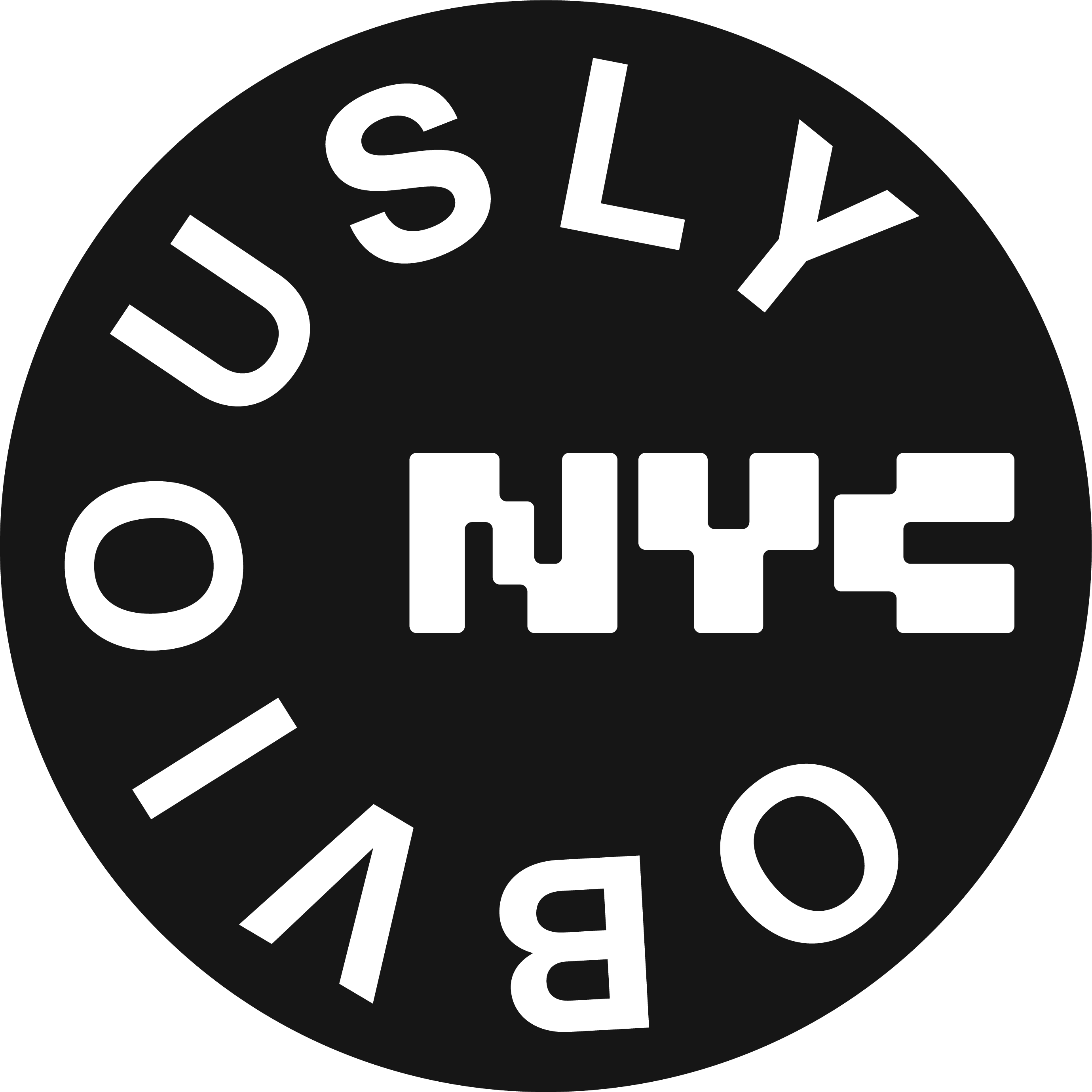
Navigating the complex world of ISO certification means understanding not just the standard itself, but the financial investment required to achieve compliance. Whether you’re pursuing ISO 27001 for information security, ISO 9001 for quality management, or another standard in the ISO family, having clear expectations about audit costs is essential for proper budgeting and project planning.
ISO certification has become a business necessity for many organizations. It demonstrates your commitment to quality, security, or environmental responsibility to customers and partners. It opens doors to new markets where certification is a prerequisite for doing business. And it provides a framework for operational improvement that delivers lasting value beyond the certificate itself.
But the journey to certification comes with costs that vary widely based on your organization’s size, complexity, and readiness. From certification body fees to consultancy support, from technical remediation to staff time, the financial picture involves multiple components that must be carefully considered.
This guide breaks down ISO audit costs in practical terms. We’ll explore typical cost ranges for organizations of different sizes, identify the key factors that drive costs up or down, provide realistic budget scenarios, and share proven strategies to optimize your investment. Whether you’re a startup seeking your first certification or an enterprise expanding your compliance portfolio, you’ll find actionable insights to plan your ISO certification journey with confidence.
Cost components
Understanding the true cost of an ISO audit requires breaking down expenses into several distinct categories. Knowing what to expect can help your organization budget accurately and avoid unexpected costs that might derail your compliance journey.
Readiness assessments form the foundation of your ISO preparation. These evaluations determine how close your existing systems and processes are to meeting the standard’s requirements. Typically costing between $3,000-$8,000 for small to mid-sized businesses, these assessments provide a roadmap for the remaining certification process and identify key gaps that need remediation.
Remediation work often represents the largest variable cost in the ISO process. Once gaps are identified, your organization must implement necessary controls, develop documentation, and establish management systems that satisfy the standard’s requirements. This can range from modest policy updates to substantial technical implementations depending on your starting point. For mid-market companies, remediation commonly costs between $30,000-$120,000 depending on scope and complexity.
Certification body (CB) audit fees cover the formal evaluation process. These include Stage 1 (documentation review) and Stage 2 (implementation verification) audits, along with any travel expenses for auditors. Fees are typically calculated based on your organization’s size, complexity, and scope. Small companies might pay $5,000-$20,000, while enterprises can expect $20,000 to six figures for complex, multi-site certifications.
Compliance platforms and tools can streamline the evidence collection and control management process. While representing an additional cost, these solutions often reduce internal labor requirements and improve ongoing compliance management. Platform pricing varies widely based on company size and features needed, with subscription models being most common.
Internal staff time represents a significant but often underestimated cost. Your team will need to participate in interviews, gather evidence, implement controls, and manage the overall project. Even for smaller organizations, hundreds of staff hours may be required across various departments (IT, security, HR, legal, etc.). For mid-sized companies, internal time commitments of 200-800 hours are common.
Factors influencing cost
The price tag of your ISO audit can vary dramatically based on several key factors that drive costs either up or down. Understanding these variables helps set realistic budgets and identify potential optimization opportunities.
Organization size and headcount directly impact audit duration and cost. Certification bodies use personnel counts as a primary determinant of required audit days. According to IAF guidelines, a company with 10 employees might require around 5 audit days, while a 200-employee organization could need 12+ days. Each additional audit day typically adds thousands to your certification cost.
Certification scope determines how much of your organization requires assessment. A limited scope focusing on a single product, business unit, or location dramatically reduces audit time and implementation effort compared to a company-wide certification. Carefully defining your scope can be one of the most effective cost-control strategies if a narrower certification meets your business needs.
Geographic distribution across multiple sites increases complexity and cost. While sampling methods can reduce the burden for organizations with multiple similar locations, multi-site certifications typically require additional audit days, travel expenses, and more complex implementation projects. Companies with 10+ locations often see certification costs double or triple compared to single-site operations.
Technical complexity and infrastructure variety drive additional scrutiny. Organizations with diverse IT environments, legacy systems, complex cloud deployments, or numerous third-party integrations require more extensive control implementation and testing. Healthcare, financial services, and critical infrastructure companies typically face higher costs due to these factors.
Pre-existing compliance maturity can significantly reduce your investment. Organizations already certified in related standards (like SOC 2 or PCI DSS) can leverage existing controls, documentation, and processes. This cross-framework alignment often reduces implementation costs by 30-50% through control mapping and evidence reuse.
Industry and regulatory requirements may necessitate additional controls. Highly regulated sectors face more rigorous security and management system expectations, requiring deeper evidence and more sophisticated controls. These specialized requirements typically increase both implementation and audit costs.
Market conditions and regional pricing create substantial geographic differences. Auditor daily rates vary by region, with US rates often higher than UK/EU benchmarks. Working with local certification bodies can reduce travel expenses, though this must be balanced against their reputation and expertise in your specific standard.
Example scenarios
Organizations of different sizes face vastly different ISO certification costs and timelines. Understanding these differences can help you budget appropriately and set realistic expectations for your certification journey.
Seed-stage SaaS startup (10 employees)
A small cloud-based SaaS startup with 10 employees pursuing ISO 27001 would typically face audit fees in the $8,000-$15,000 range. Their total first-year investment would likely fall between $15,000-$60,000 when including a gap analysis ($3,000-$8,000), penetration testing ($5,000-$15,000), and potential consultant support ($5,000-$20,000).
For such organizations, the certification timeline is relatively short—typically 3-6 months with focused effort. Their advantage lies in having fewer systems to document and control, making the certification process more streamlined compared to larger organizations.
Mid-market fintech company (120 employees)
A growing fintech company handling customer PHI/PII data would face substantially higher costs. Their certification audit fees alone would commonly range from $20,000-$40,000 based on 9-12 audit days.
Implementation costs become more significant at this scale. The company would likely spend $30,000-$120,000 on detailed remediation, risk treatment plans, penetration testing, and internal audits. Their total first-year budget typically ranges from $80,000-$300,000.
The timeline extends to 6-12 months due to more complex systems and broader scope. However, if they’ve already achieved SOC 2 compliance, they can leverage control mapping to reduce duplicate work.
Large multinational manufacturer (2,000 employees, 10 sites)
For a large organization pursuing multiple standards (ISO 9001, ISO 14001, and ISO 27001) across multiple sites, costs increase dramatically. Multi-site sampling rules apply, but the overall audit time remains substantial with multi-week audit engagements.
The total program budget frequently ranges from $250,000 to over $1 million, depending on remediation needs. This includes initial audits, remediation efforts, environmental capital improvements, and complex cross-site project management.
The timeline stretches to 12-24 months due to organizational complexity, multiple locations, and the need to coordinate implementation across diverse business units. These organizations benefit from dedicated project teams and often leverage enterprise GRC platforms to manage the process.
Cost-saving tips
Leverage existing frameworks to reduce duplication. If your organization already complies with SOC 2, NIST, or other frameworks, map these controls to ISO requirements. This approach can significantly reduce implementation work by repurposing existing documentation and controls rather than building everything from scratch.
Consider narrowing your certification scope. Certifying a specific product line, business unit, or location can substantially reduce both audit days and implementation costs while still meeting customer requirements. Your auditor can help determine if a limited scope makes sense for your business objectives.
Automate evidence collection and control monitoring. Manual evidence gathering is one of the most time-consuming aspects of ISO compliance. Investing in compliance automation software can reduce preparation time by 40-60% while providing continuous monitoring between audit cycles, reducing the risk of non-conformities.
Train internal staff as ISO auditors. Having qualified internal auditors can reduce long-term consulting costs and help catch non-conformities before the external audit. This investment pays dividends across multiple certification cycles and builds valuable in-house expertise.
Negotiate with multiple certification bodies. Audit pricing can vary significantly between registrars. Request detailed quotes from 3-4 accredited certification bodies, comparing not just the headline price but also the audit days allocated, travel expenses, and surveillance audit costs over the three-year certification cycle.
Choose remote auditing options when available. Many certification bodies now offer remote audit capabilities that can eliminate travel expenses and reduce disruption to your operations. This approach works especially well for organizations with strong digital documentation systems.
Adopt a staged implementation approach. Rather than rushing to implement everything at once, prioritize critical controls first, then gradually build out your management system. This approach spreads costs over time and allows you to address the highest-risk areas first.
Conclusion
ISO certification represents a significant investment, but when approached strategically, it delivers substantial returns through improved operational efficiency, risk reduction, and expanded market access. The key to managing costs effectively lies in thoughtful planning, leveraging technology, and understanding the factors that influence your specific certification journey.
By implementing the cost-saving strategies outlined in this guide, organizations of all sizes can achieve ISO compliance without compromising on quality or overburdening their budgets. Remember that certification is not just a one-time achievement but an ongoing commitment to continuous improvement.
Thoropass helps organizations streamline their ISO certification process through our purpose-built compliance automation platform that reduces manual work by up to 70%. Our team of certified auditors and compliance experts provides guidance at every step, ensuring you invest resources only where they deliver the most value. With transparent pricing and a proven methodology, we help companies achieve ISO certification faster and more cost-effectively than traditional approaches.
Take the first step toward efficient ISO compliance by scheduling a discovery call with our team today to discuss your specific certification goals and receive a customized roadmap for success.

Related Posts
Stay connected
Subscribe to receive new blog articles and updates from Thoropass in your inbox.
Want to join our team?
Help Thoropass ensure that compliance never gets in the way of innovation.

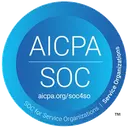


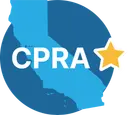




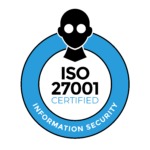

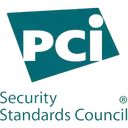
.png)
